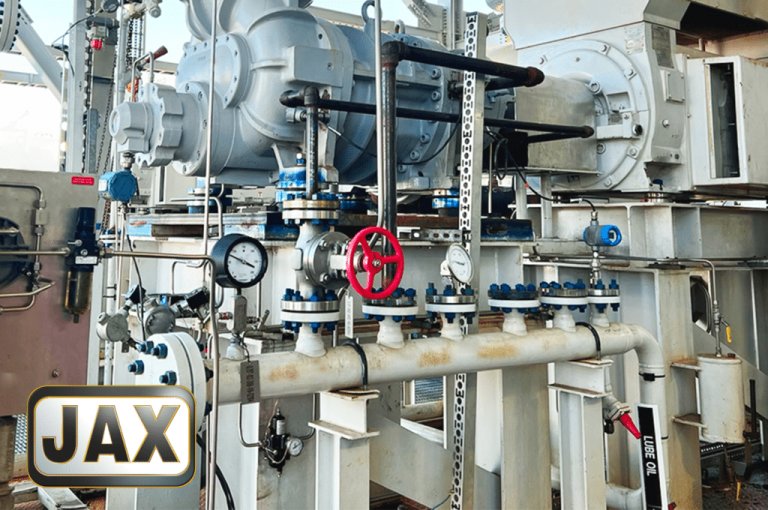Vacuum pumps are built to move air under pressure, but they can’t do it reliably without the right oil. For operators, the oil often feels like an afterthought—until performance drops, noise increases, or the pump runs hot. That’s when you find out just how much that fluid is doing behind the scenes.
Let’s talk about what vacuum pump oil actually does, how to choose the right type, and when it’s time to change it.
More Than Just Lubrication
Vacuum pump oil does a lot more than reduce friction. It also cools the pump, creates a tight internal seal, and helps remove contaminants from the system. In rotary vane pumps, for example, the oil fills the tiny gaps between moving parts, which helps maintain vacuum levels and improves efficiency.
When the oil degrades—due to heat, water vapor, particulates, or chemical exposure—those benefits disappear. You’ll see signs like increased operating temperature, lower vacuum levels, strange noises, or even a seized pump if you ignore it too long.
Types of Vacuum Pump Oil
Choosing the right oil depends on your pump type and your operating environment. Not all oil is created equal.
- Mineral-Based Oils – Affordable and widely used. These work well for general-duty applications with minimal chemical exposure or heat.
- Synthetic Oils – Designed for longer life, higher resistance to oxidation, and better performance under demanding conditions. They’re often the best choice for industrial or continuous-use systems.
- Hydrocarbon Oils – Common in food packaging or clean applications. Some are designed to be low-vapor pressure to reduce backstreaming.
- Specialty Oils – For corrosive or high-temp environments, there are formulations made with additives to resist breakdown and contamination.
If you’re unsure what type of oil your system requires, check the pump specs—or better yet, talk to someone who works with pumps every day.
When to Change It
A good rule of thumb: change the oil every 500–1,000 operating hours. But that’s just a starting point. If your system handles a lot of moisture or vapor, you’ll need to change it more often. Always inspect oil color and clarity. If it looks dark, milky, or smells burnt, it’s time.
Clean oil keeps your vacuum pump healthy, running cooler and quieter, and delivering consistent performance. Skip the maintenance, and you’re headed for repairs—or replacement.
It’s simple, but it’s critical. Good oil makes a good pump better.

